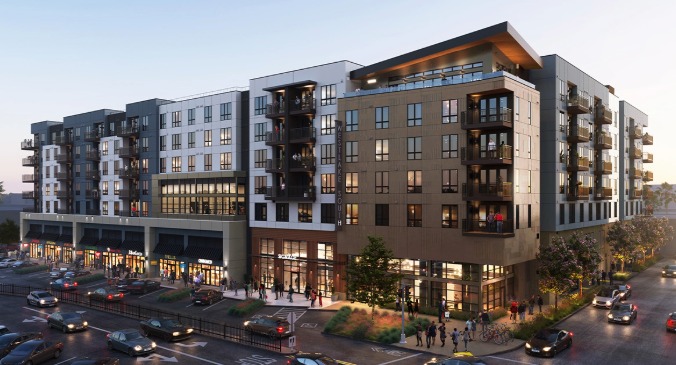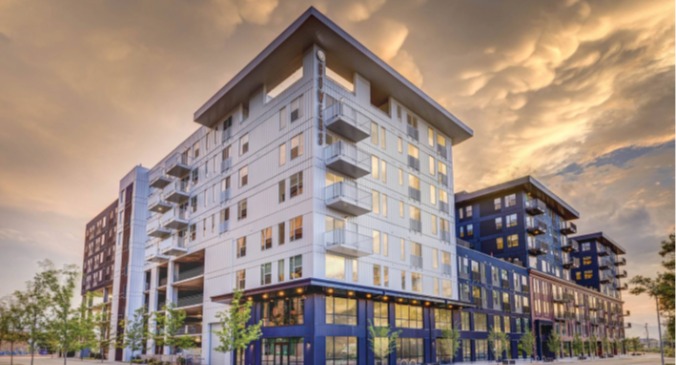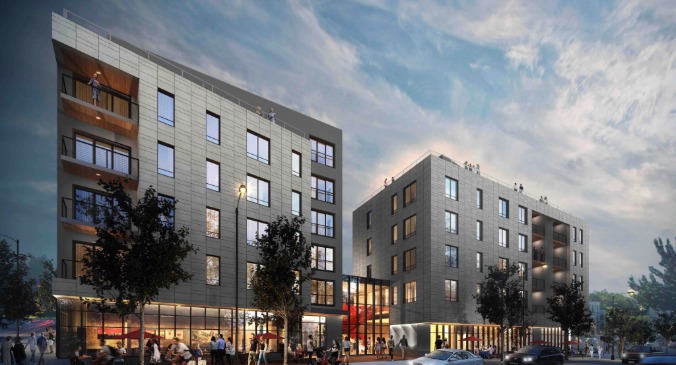Job losses outweighed the increase in demand for apartments from former or would-be home owners, said Sam Chandan, chief economist of real estate research firm Reis.
According to Reis’ results for July-September, the U.S. apartment vacancy rate rose 0.1 percentage points to 6.1 percent, the highest vacancy level since the second quarter 2005, when the U.S. housing market reached its peak and would-be renters were borrowing big to buy homes.
“Whenever the economy is slowing, when the job market is weak, particularly for young people, it undercuts the rate of household formation and the demand for apartments,” Chandan said, adding that the third quarter is usually the strongest of the year.
However, the U.S. economy lost 299,000 jobs in the third quarter, according to the most recent Labor Department statistics. Job loss typically impacts new entries into the labor market hard, and about 70 percent of young adults 20 to 30 years old typically are apartment dwellers.
“This is a real key demographic for rental demand for apartments,” Chandan said. When they can’t get a job, they usually remain in their parents’ home or double up with roommates, he said.
The average U.S. monthly rent, including free-months’ rent and concessions, reached $999 up just 0.5 percent, its weakest increase since the second quarter 2005, Reis said in its report.
Of the 79 metropolitan areas Reis follows, New York had the lowest vacancy rate at 2 percent, followed by Long Island at 2.8 percent and Central New Jersey at 2.9 percent.
Outside of small markets, where one or two buildings can move the needle, areas hard hit by the housing collapse, such as those in Florida and several California markets, saw vacancy increase and rent growth weaken or decline.
Columbia, South Carolina, a small market, saw the greatest vacancy rise, up 1.8 percentage points to 12.2 percent. But Jacksonville Florida, a much larger market, was second with vacancy up 0.4 percentage points to 11 percent.
Austin, Texas saw the greatest rent growth, up 2.1 percent to $786 a month, Reis said.
By market, Long Island New York, a pricey market and the hard-hit housing areas of Jacksonville, Florida, and San Bernardino/Riverside, California saw monthly rent fall by 0.3 percent. Rent also fell in Florida’s Orlando and Fort Lauderdale areas, Reis said.
The Pacific Northwest areas, home of some of the U.S. strongest companies, such as Google Inc., Microsoft Corp and Boeing Co., saw the strongest rent growth over the past 12 months, with Tacoma, Washington topping the list at 7.7 percent and Seattle at 7.6 percent.
Florida markets saw the weakest rent, with Palm Beach rent falling 0.7 percent and Miami average rent falling by 0.1 percent.
Over the long run, when job growth rebounds, the U.S. apartment market will benefit from the return of traditional stricter lending standards.
“For a lot of young people not having to make that down payment allowed them to become homeowners sooner over the last couple of years,” Chandan said. “With down payments becoming a factor again, we’ll return to a situation where we’ve been historically, where younger households tend to be renters because they have to save a while before they can afford a home.”
While some apartment landlords may suffer in the short run, apartment companies, such as AvalonBay Communities Inc., Equity Residential, UDR Inc. and Mid-America Apartment Communities Inc will benefit in the long run.
Author: Ilaina Jones, Reuters















